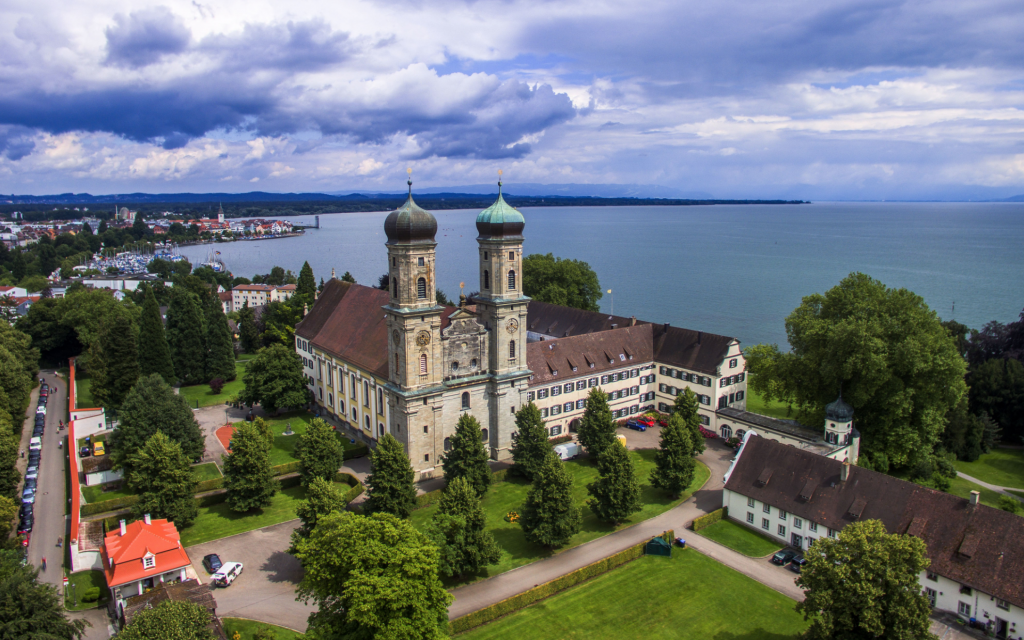The 30 Years' War left a sad trail of destruction and poverty in a large part of Germany. After its end, many immigrants, looking to rebuild their lives, headed to the Swabian region to live in depopulated places. They were essential in this process of economic recovery, which led to the renovation and construction of several local buildings, in the Baroque style, which would be the trend at the time.
There are 4 different routes that can be taken within the Swabian Baroque Route, but the most famous is the main route, in a circular format, starting and ending in Ulm, covering more than 70 locations.
The region in which it is located already offers several stunning landscapes, and combining these places with centuries-old baroque works is a perfect encounter. To explore the route, travelers can stroll between the Swabian and Allgäu Alps, or between the River Danube and Lake Constance, making stops to appreciate the beautiful Baroque works.
Among abbeys, monasteries, churches, palaces and castles, there are these jewels of the past that delight not only lovers of architecture and arts, impressing visitors by having this contact with a past where beauty was exalted and cultivated.
Identifying a Baroque building may not always be a simple task, as each region has its own interpretation and aspect within the style, however we can list some general characteristics.
Baroque appreciates movement, has dynamic architecture, and does not deny classic forms: columns, arches, friezes, curvatures (especially on facades). Light is also a fundamental element, where contrasts between bright and dark areas created an atmosphere of drama.
In Germany, Barroque added to the influence of the style in France and Italy. We can mention Schloss Ludwigsburg, in Ludwigsburg, note that this building has a more measured architecture, close to Classical, sober and imposing. It is important to note that the Ludwigsburg Palace is not on the Swabian Baroque Route, but we find notable buildings in this style throughout Germany.

In Baroque with Italian influence, the place where it emerged, we see it in a more popularly known, more opulent form, with external domes, lots of curves and movement. A great example is the basilica Theatinerkirche, in Munich, the result of the work of the Italian court architects Agostino Barelli and Enrico Zuccalli, who for decades controlled Munich's architecture. This building is not on the Baroque Route, but it demonstrates the entry of Italian Baroque into the region, which later spread to the Swabian region.

The founders of Viagem Virgínia, Rafael and Raphael, are especially interested in the subject of castles, palaces and History, and recently moved the office to a palace built during this period in Gutenzell-Hürbel, the Hürbel Schloss.

There are several buildings and properties that deserve to be highlighted on the route, and visiting them will depend on your itinerary. We selected some special ones, in different cities.





You can visit these and other architectural works with us on our private guided tours in Portuguese during our personalized tours!
Get in touch at (email protected)




